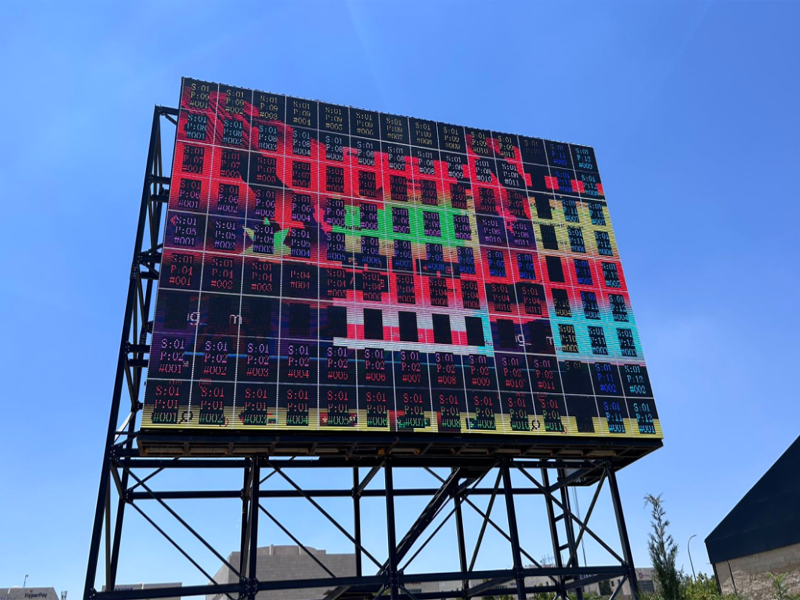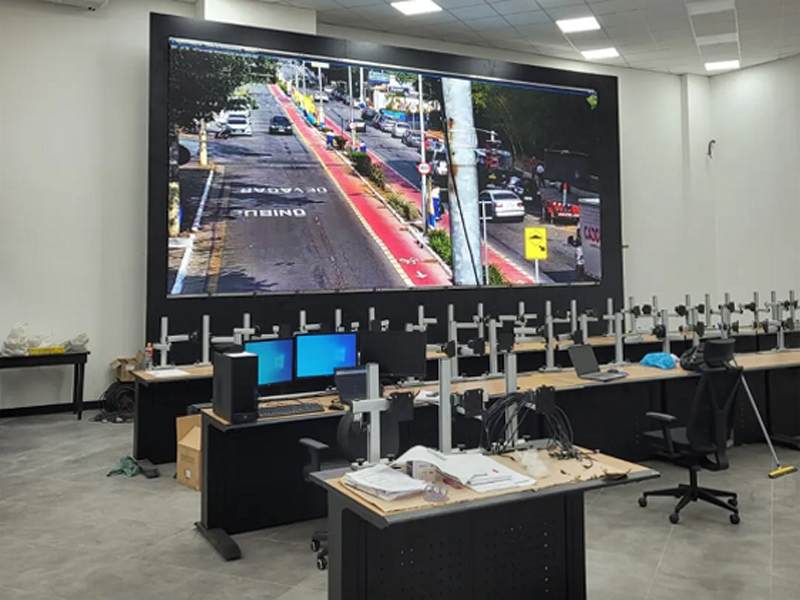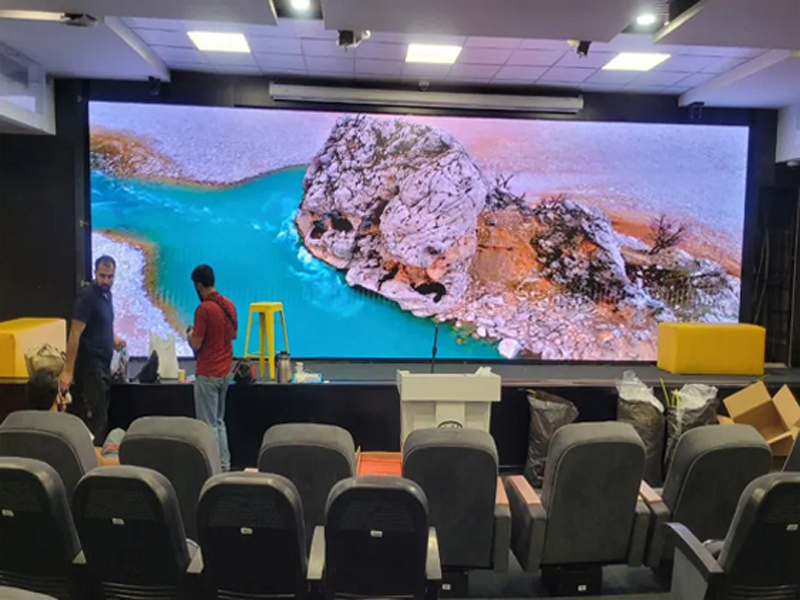The specific way to improve the lifetime of white LED is to improve the chip shape and use small chips. Because the luminous spectrum of white LED contains short-wavelength light with a wavelength lower than 450nm, traditional epoxy resin sealing materials are easily damaged by short-wavelength light, and the large light amount of high-power white LED accelerates the deterioration of sealing materials. Switching to silicon sealing materials and ceramic packaging materials can increase the service life of white leds by one digit.
The specific way to improve the luminous efficiency of the white LED is to improve the chip structure and encapsulation structure, to achieve the same level as the low power white LED, the main reason is that when the current density is increased by more than 2 times, not only is it not easy to take out the light from the large chip, but the result will cause the luminous efficiency is not as good as the low power white LED, if the electrode structure of the chip is improved, In theory, the above problem can be solved.

The specific way to achieve the uniformity of luminous characteristics is to improve the encapsulation method of white LED. It is generally believed that the above problems can be overcome as long as the concentration uniformity of white LED fluorescent material and the production technology of fluorescent material are improved.
The specific contents of reducing thermal impedance and improving heat dissipation are as below:
① Reduce the thermal impedance of the chip to the encapsulation.
② Inhibit the thermal impedance of the encapsulation to the printed circuit board.
③ Improve the heat dissipation of the chip.
In order to reduce the thermal impedance, many foreign LED manufacturers put the LED chip on the surface of the cooling fin made of copper and ceramic materials, as shown in Figure 1, the cooling wire on the printed circuit board is connected to the cooling fin forced by the cooling fan by welding. The experimental results of OSRAM Opto Semiconductors Gmb in Germany confirmed that the thermal impedance of the LED chip with the above structure to the welding point can be reduced by 9K/W, which is about 1/6 of the traditional LED. When the packaged LED applies 2W electrical power, the temperature of the LED chip is 18 ° C higher than the welding point, and even if the temperature of the printed circuit board rises to 500 ° C, the temperature of the LED chip is only about 700 ° C. Once the thermal impedance is reduced, the temperature of the LED chip will be affected by the temperature of the printed circuit board, so the thermal impedance of the LED chip to the welding point must be reduced. On the other hand, even if the white LED has a structure that inhibits thermal impedance, if the heat can not be conducted from the LED encapsulation to the printed circuit board, the rise of the LED temperature will reduce its luminous efficiency, so Panasonic has developed a printed circuit board and encapsulation integration technology. The company will be the side length of 1mm square blue LED in a chip encapsulation on the ceramic substrate, and then paste the ceramic substrate on the surface of the copper printed circuit board, including the printed circuit board, the overall thermal impedance of the module is about 15K/W.
In view of the longevity of white LED, the current countermeasures taken by LED manufacturers are to change the sealing material, while dispersing the fluorescent material in the sealing material, which can more effectively inhibit the deterioration of the material and the speed of the reduction of light penetration.
Since the percentage of epoxy resin absorbs light with a wavelength of 400~450nm is as high as 45%, and the siliceous sealing material is less than 1%, the time of epoxy resin brightness halving is less than 10,000 hours, and the siliceous sealing material can be extended to about 40,000 hours (as shown in Figure 2), almost the same as the design life of the lighting equipment. This means that the lighting device does not need to replace the white LED during use. However, the silicon sealing material is a highly elastic soft material, and the processing must use a production technology that will not scratch the surface of the silicon sealing material, in addition, the silicon sealing material is easily attached to the dust on the process, so the future must develop technology that can improve the surface characteristics.
Although the silicon sealing material can ensure that the white LED has a service life of 40,000 hours, the lighting industry has different views, the main argument is that the service life of traditional incandescent lamps and fluorescent lamps is defined as “brightness reduced to less than 30%”, and the brightness halved time is 40,000 hours of white LED, if converted to brightness reduced to less than 30%. About 20,000 hours left. There are two strategies to extend the service life of components:
① Inhibit the overall temperature rise of white LED.
② Stop using resin packaging.
The above two countermeasures can achieve the requirements of 40,000 hours of service life when the brightness is reduced to 30%. Suppression of white LED temperature rise can be used to cool the white LED packaging printed circuit board method, the main reason is that the packaging resin in the high temperature state, coupled with strong light irradiation will rapidly deteriorate, according to the Arenius rule, the temperature will be reduced by 100℃ when the life will be extended by 2 times.
Stopping the use of resin packaging can completely eliminate the deterioration factor, because the light generated by the white LED is reflected in the packaging resin, if the use of resin reflective panels that can change the direction of light travel on the side of the chip, because the reflective panels will absorb light, so the amount of light removed will be sharply reduced, which is also the main reason for the use of ceramic and metal packaging materials.
There are two ways to improve the luminous efficiency of white LED chips: one is to use a large LED chip with an area 10 times larger than that of a small chip (about 1mm2); The other is to use a number of small high-light-emitting efficiency LED chipsets to synthesize a single module. Although large LED chips can obtain large beams, increasing the chip area will have negative effects, such as uneven light-emitting layers in the chip, limited light-emitting parts, and serious attenuation when the light generated inside the chip radiates to the outside. In response to the above problems, through the improvement of the electrode structure of the white LED, the use of chip encapsulation, while integrating the chip surface plus technology, has reached 50lm/W luminous efficiency. Regarding the equality of the luminous layer of the whole chip, since the appearance of comb and grid P-type electrodes, the electrode has also been developed in the direction of optimization.













